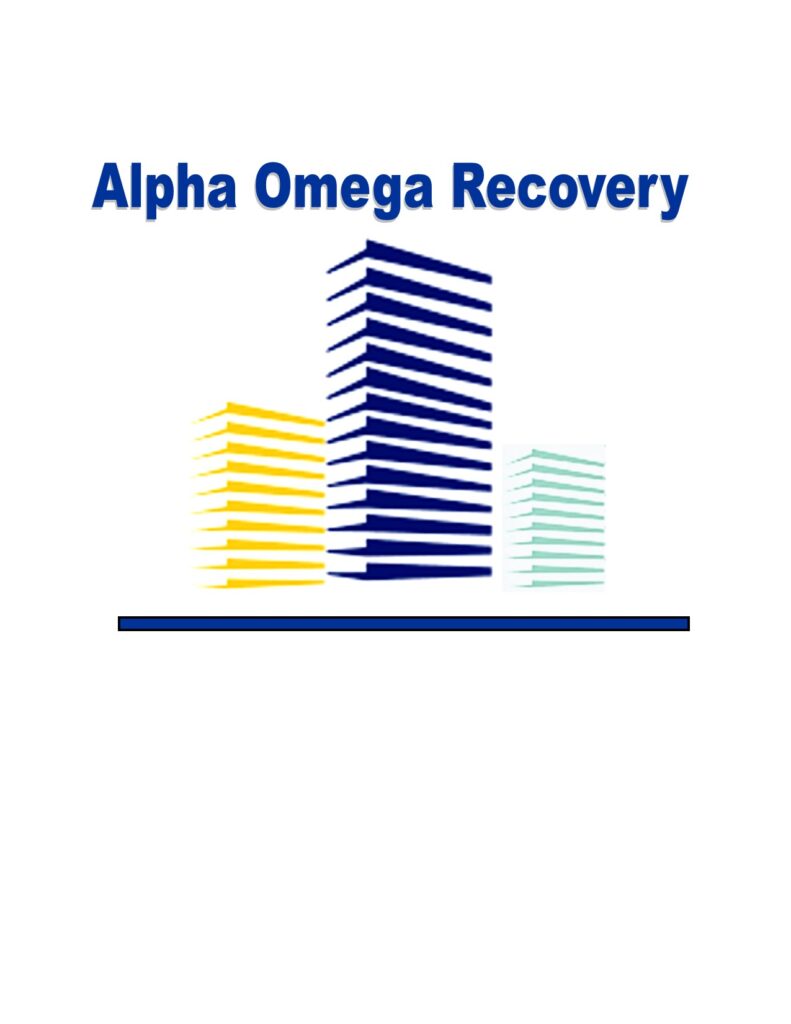Florida requires Mold Remediators to be licensed. They cannot inspect for mold and then be the clean-up contractor.

Identification and Assessment
The first crucial step is to identify and assess the extent of the mold infestation. Trained professionals, such as environmental consultants or certified industrial hygienists, should be engaged to conduct a thorough inspection and testing. These experts can identify the type of mold, assess the severity of the problem, and determine the root cause of the infestation. This assessment is vital for developing an effective remediation plan tailored to the specific situation. It’s often called a Clean-up Protocol.
Communication and Transparency
Once the presence and extent of the mold are confirmed, open and transparent communication becomes imperative. Inform residents, their families, and staff about the situation, providing details about the steps being taken to address the issue. Clear and regular communication helps build trust and ensures that everyone is well-informed, reducing anxiety and creating a collaborative atmosphere during the remediation process. Too many facility managers want to hide the situation. It’s almost always found out by residents and occupants (or visitors) and then the whole thing can blow up in the face of those trying to keep it on the QT.
Temporary Relocation of Residents
If the mold infestation is extensive or poses an immediate health risk, consider temporarily relocating residents to a safe environment within the facility or an alternative facility. Prioritize the health and well-being of residents by providing appropriate housing and support during the relocation process. Ensure that healthcare services and personal care needs continue to be met seamlessly during this period. A qualified and licensed mold remediator knows how to segment and separate the infested area from other areas of the property. Let them establish the appropriate containment.
Remediation Plan and Execution

Developing a comprehensive remediation plan is essential to effectively address the mold issue. The mold certified hygienist will write the Protocol, and then ensure that the protocol is followed. They will also do a Final Inspection to confirm the job was done correctly. The plan should include steps for containment, removal of contaminated materials, and preventive measures to avoid future mold growth. Engage professional remediation services with experience in healthcare settings, as they can adhere to industry standards and regulations. Strictly follow the recommended remediation timeline to minimize disruptions to the daily operations of the nursing home. Be sure the contractor chosen understands and follows all HIPAA requirements as well.
Preventive Measures
After the remediation process is complete, focus on implementing preventive measures to avoid future mold growth. This may involve addressing underlying issues such as water leaks, improving ventilation systems, and maintaining optimal humidity levels. Regular inspections and proactive maintenance can help identify potential mold risks before they become significant problems. It’s far less expensive to take preventative measures than to do a full-blown mold clean-up.
Staff Training and Awareness
Educate staff about mold prevention, early detection, and the importance of maintaining a clean and dry environment. A small water over-flow left unattended or dried can create a significant mold situation. Training programs should include information on recognizing signs of mold, reporting procedures, and the role each staff member plays in maintaining a healthy facility.
Increased awareness empowers staff to contribute actively to mold prevention efforts. A knowledgeable and willing contractor can provide this training – usually at no charge.
Continuous Monitoring
Mold prevention is an ongoing process that requires continuous monitoring. Establish routine inspections and maintenance schedules to identify and address potential issues promptly. Regularly communicate with residents and their families about the proactive measures being taken to ensure a safe and healthy living environment. Even a few days after a mold remediation project, mold growth can reappear – since it only takes 2 – 3 days for mold to grow in the right environment.
Discovering mold in a nursing home facility necessitates a rapid and complete response to protect the health and well-being of residents and staff. By following a structured approach that includes identification, communication, and remediation you can minimize the potential issues. Preventive measures, staff training, and continuous monitoring, will help the nursing homes effectively minimize mold issues and create a safer environment for all.
Prioritizing the health and comfort of residents should guide every decision throughout the process, ensuring a holistic and considerate approach to mold management in nursing home facilities. Alpha Omega is a licensed Mold Remediator in Florida and has performed mold clean-up on numerous medical facilities as well as many other commercial and residential properties.
Author: Dick Wagner, Tactical Specialist
IICRC Certification # 77928


